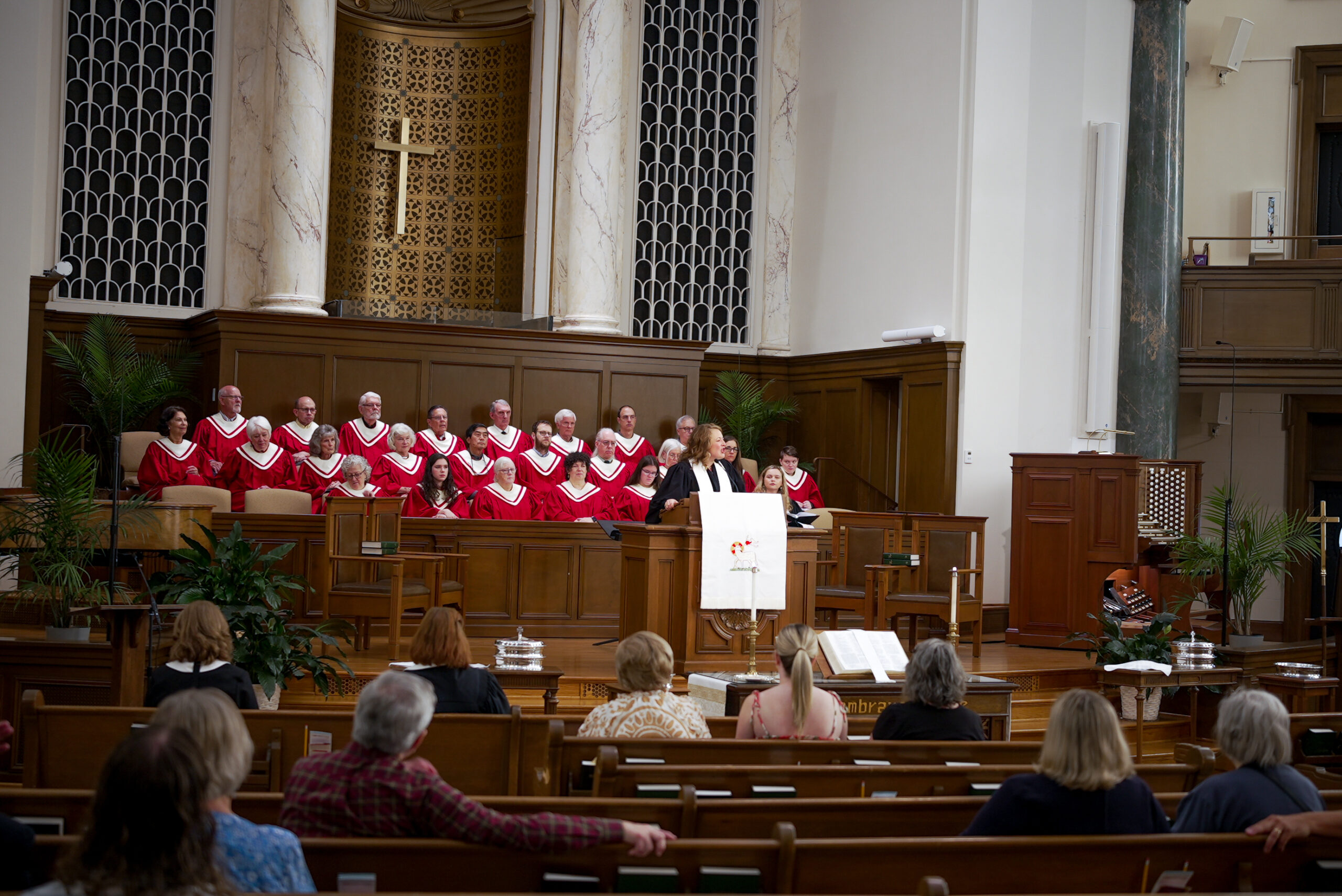IThe late preacher George Buttrick was once sitting on an airplane, readying for his flight, and making notes for an upcoming sermon he was planning out. As luck would have it, the man next to him got curious about what Buttrick was doing and asked him about it, to which Buttric responded, “I’m working on next Sunday’s sermon – I’m a preacher.” “Oh yeah,” the man replied, “religion! I like to keep my religion simple – I don’t like complicated doctrines. ‘Do unto others as you would have them do unto you.’ The Golden Rule – that’s my religion!” “I see,” Rev. Buttrick replied, “and what is it that you do.” “Well, I teach in the science department at the university. I’m an astronomer.” “Ah yes, astronomy,” Buttrick shot back. “Well, I don’t like to get very technical about such things. ‘Twinkle, twinkle, little star, how I wonder what you are.’ That’s my astronomy – why would anyone ever need more than that!?”1
We humans sure do like to simplify things, don’t we? And who can blame us! With intricate systems of everything from the human body to the way the mind works, from endlessly-changing geopolitical affairs to the endlessly-long aisles worth of choices at grocery stores and Amazon storefronts, it’s no wonder that our minds crave simplicity.
And yet, our experience of some things in this life are enhanced, and yes, even made more wondrous and transformative by leaning into their mystery, by not practicing the well-trod path of finding the lowest common denominator by which to seek understanding. God is one such example.
II We’re wading into the mystery today, as we mark Trinity Sunday, that day in our Christian liturgical year when this wondrous piece of the Christian tradition is set before us for our examination. Trinity Sunday asks us to wonder about the one God who is three — Father, Son, Spirit / Creator, Redeemer, Sustainer — and how God in God’s vast three-ness makes for a dynamic dance of oneness, God who is “up there, down here, and everywhere,.2 This understanding of one God, three expressions is woven into the fabric of our worship, like in “Holy Holy Holy” we sang as worship began, and in our common language and our rituals, like when baptize those who newly claim Christ “in the name of the Father, the Son, and the Holy Spirit.”
It’s on Trinity Sunday that pastors and teachers and Sunday School leaders all around the world try and unpack this mystery of three-in-one with devices that help us to grasp it. You’ve heard them, I’m sure. The Trinity is like water: three forms, one substance — solid, liquid, and gas. Or the Trinity is like a tree: three parts, one thing — the roots, the trunk, and the branches. The Trinity is like an egg: three pieces, one whole — the shell, the yolk, and the egg white. The Trinity is like a triangle: three sides, one shape. The Trinity is like St. Patrick’s shamrock: three petals, one clover. Or (courtesy of John Wesley), the Trinity is like three candles in a room, one light by which to read.”3(In case you didn’t have a favorite Trinity metaphor, now you have six to choose from!)
Apart from this fine intellectual exercise of understanding a piece of the Christian experience, the deeper question you may even be asking yourself right now is this: why doesit matter? Why does it matter how I understand God – one or three or whatever! In a time when challenges to human decency or sheer compassion are rife, in a culture that prizes individuality and isolation, in a season of suffering or fear or debt or overwhelm, and even on this graduate Sunday when we bless those who have reached this threshold and stand ready for what’s is yet to be, why does it matter for us to ask, ‘who is God?’ It matters, because the converse question hangs on the underside, just waiting for our attention. For if we ask, “who is God,” the next question becomes, “then who am I?”
IIIThe Gospel of Matthew will be our lantern today as we peer into the mystery of the Trinity. This gospel is familiar terrain for us: we’ve traversed it a good bit this year and will return to in the fall. And we pick back up in Matthew right where we’ve left off in the other gospels during the season after Easter; that is, after the resurrection, as Jesus’ disciples are trying to figure out what’s next.
It’s the aftermath of resurrection, where just eleven of twelve disciples enter the story following Judas’ betrayal. Matthew tells us that the eleven “went to Galilee to the mountain to which Jesus had directed them,” likely as much a theological reference as a geographical one.4 (I bet you remember how fond Matthew is of a mountain!)
Speaking truth, Matthew said of the disciples’ first sign of Jesus: “when they saw him, they worshiped him; but some doubted.” I can’t help but to hear echoes of resurrection and the dual experiences of “fear and great joy,” of “wonder and terror,” of all the multitudes contained within the real, lived, human experience of God. Jesus came to them with authority, saying “go therefore,” or in the King James Version which some of us memorized first, “go ye therefore,” or in our Southern parlance, “go y’all therefore.” Jesus was talking to all! Y’all go – not just as a collection of individuals, but go together and make disciples of all nations, baptizing them and teaching them my commandments.”
“Notice that this is no hit-and-run evangelism,” Tom Long clarifies. “What the disciples are sent to do is not to hurl gospel leaflets into the wind or hold a rally in a stadium. They are called to the harder, less glamorous, more patient task of making disciples, of building Christian communities.”5 They’re to live as Jesus lived, love as Jesus loved, serve as Jesus served. They’re to do as we said of ourselves in a recent Congregational Conversation: prioritize his priorities, all the while making his Way clear, even if not simple.
And what has this to do with the Trinity? They’re to baptize in the name of the Father, of the Son, and of the Spirit – meaning, in their togetherness, they’re to point others toward the together-God they follow. For this is not a God of one, but of many. This is not a God, apart, aloof, unavailable. This is not a God who refuses to come near. And if anything of the complex, mysterious, wondrous Trinity is actually quite clear, it’s that the God we know as Holy Parent, Holy Redeemer, Holy Spirit is “deeply, irreducibly relational.”
God cannot be God if not for relationships! There is no one God without all three expressions. Because at the divine core, God is a God of conversation, of dynamic relationship. The Eastern Orthodox traditions of our Christian faith have a great Greek word for this conversation, this relationship this interrelatedness among the Trinity – perichoresis. (Graduates – I know I’m throwing Greek at you in your last few days of school, but stay with me for a sec!) Translated as “to flow around, to dance, to dwell mutually within one another,” a perichoretic Trinity is one in which Parent, Son, and Spirit retain their unique identities apart from one another, but choose to dance with each other, their oneness depending on the relationship between the three. Perichoresis reminds us that even as we often say God and think Father or Mother or Creator, “God” truly is the full circle of three, whirling together in delight. Don’t you just love that?
So if the Trinity helps us get at the question of “who is God,” then how does it help when we ask, “then who am I?”
IV This year has given our church the opportunity to explore what it means to be “On the Way.” We began our adventure just after our church’s 150th anniversary last fall, and this image has accompanied our journey, hasn’t it? We’ve considered how to begin and what to pack, charting the course and casting the vision. We’ve imagined the obstacles encountered and burnout expected, moving from generation to generation in the birth of Jesus, to the illumined path home by another way from the light of Christ, to the lessons along the way in our Lenten study of the Sermon on the Mount, to the resurrection ways of living in Easter and Pentecost.
We’ll of course keep traveling on the way of life and faith even after a good theme draws to a close. And it feels appropriate that we conclude our theme as we celebrate our graduates, the ones who have been on quite a journey which is now reaching its conclusion.
Yet I sure hope is that in all these months of talking about our journey and practicing pilgrimage and moving through this life along the Way, that you’ve learned a thing or two – about God, of course, but about yourself, about us. And if there was one thing I hope you have learned, it’s thatthe Way is for traveling together!
Our friends Mary Foskett and Scott Hudgins have just completed their pilgrimage of the Camino de Santiago in Spain. Of this gift of traveling the Way together, Mary said this: “It seems to me that what distinguishes a pilgrimage from a really great walk are the people. A pilgrimage is not just about one’s intention. It’s also about the others, the people who’ve gone before you and left traces of their lives for you to perceive and receive, and the people whom you encounter walking alongside you. People helping each other see with fresh eyes, free from the trappings of our everyday lives that collude against our seeing…. People walk the Camino for all sorts of reasons, so I suspect that the Camino is about many things, and that everyone’s Camino is in some sense, only their own. But it also seems to me that at least one of the Camino’s important lessons is that finding yourself on the Way is about finding others there, too.”6
Every temptation is there to go it alone. Entire industries have erupted to convince us all that there is more to fear from each other than to love. The American myth of individualism would have us to believe that if we don’t achieve or grow or succeed or accomplish on our own, it doesn’t count! And the contemporary illusion of isolation and loneliness would have us to assume that no one can handle the baggage I carry, no one can know the troubles I’ve seen, no one can understand or sympathize or shoulder or accompany me on this particular road, so I must go it alone.
We know what happens next. It can start small – an ignored text or phone call, a missed time with friends or two or four, slipping away from your small group or Sunday School class, canceled plans, a hunkering down and pulling in and fearful sheltering of our lives, unsure if it’s now been too long to reach out or unclear if I really belonged at all.
Yet in all the great mystery of the faith, every piece of evidence we have about what matters most, who is God and who am I, points to relationships. Relationships within the Divine heart of God who is three-in-one. Relationships with Jesus and the people he loved and served. Relationships among the disciples and all the early Christians seeking to proclaim this good news even after Jesus was gone. Relationships at the heart of the Christian story. Relationships with each other, so that we practice over and over again the companionship along the way.
The final words Jesus offers to his followers make a shade of holy mystery plain: “I am with you always, even to the end of the age.” I am with you always! This way of life is a way of relationships. There is no life abundant apart from them! As Dietrich Bonhoeffer says, “there is no life if not life together!” For there is no path we’ll walk that Jesus will not accompany, no experience we’ll have that Jesus is not alongside, no Way that is not filled with all the fullness of relationships to bring it to life.
Friends, graduates, church – this is the resurrection way forward. No matter the road, we walk it together.
VPerhaps you’ve heard before the story of a certain man who had died and was on his way to heaven, but wanted to take a peek into that other place before he made his way to heaven. He was granted this wish and looked into the abyss we know as hell. Rather than seeing the torment of flames he was astonished to find banquet tables laden with the very best of food and people sitting around the tables. How could this possibly be a place of punishment? Then he took a closer look and saw the anguish on the faces of those who were gathered around the tables. Finally, he saw why. A person would take a piece of the glorious food in front of them and try to put that food to their mouths but they could not. In hell, no one could bend an elbow. They could see the food, smell the food, and even pick up the food, but were unable to put the food to their mouths. Now that is torture! The man was ready to go on to heaven as he cried, “Get me out of here.”
As he arrived in heaven he noticed the scene was very similar. Large banquet tables were crowded with people around the tables. However, rather than faces of anguish the scene was one of great joy and jubilation. He figured that the answer must be that in heaven you could bend your elbows. But that was not the case. Instead he saw that everyone’s elbows were just as locked in placed as he had seen before. The difference was that in heaven someone would take food from the table and instead of trying to get the food to his or her mouth they would reach across and share the food with someone next to them and in like manner they had the food shared with them. Because these people had learned to sacrifice by following in the way of Christ who promised to be with us always, heaven was merely an extension of the joy that people find when they learn to sacrifice and lean into the gift of relationships.7
In the great mysteries of this world, few things are simple, but one is clear: we were made for each other by a God in whom togetherness is their very essence. This is good news for us all! May we practice it in our living – today and even to the end of the age!





